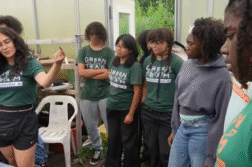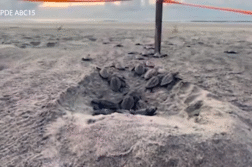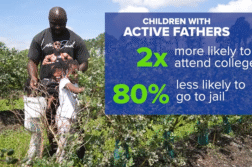MADISON, Wis. (Ivanhoe Newswire) — Research has shown that words describing where objects are in relationship to other things, or spatial words, can support science, technology, engineering, and math knowledge.
Time in the playroom is time well spent; sending trucks over bridges and building towers. It’s not just what kids do, but what they say that could make a difference.
Developmental psychologists at the University of Wisconsin studied the language knowledge of forty four year olds. Each child was shown a series of objects with a mouse on top and were asked to describe where the animal was using only words. Researchers found the children with the strongest spatial skills, used more spatial words, were able to adapt to different placements and could more easily understand a change in orientation.
Haley Vlach, Ph.D, from the University of Wisconsin, told Ivanhoe, “For example, my left is not your left and my right is not your right. It switches when I’m looking at someone.”
Parents can help their child by using spatial language during play.
Putting together puzzles? Guide your child while they orient the piece to fit. Building with blocks? Name the shapes. And when possible, use different, but similar spatial words. Instead of always saying ‘middle,” sometimes say “center.” These simple activities for preschoolers and parents could someday make a difference in a STEM career.
The social scientists say young children who use more detail when describing the location of one item tend to have more advanced skills when thinking about three dimensional objects.
Contributors to this news report include: Cyndy McGrath, Supervising and Field Producer; Milvionne Chery, News Producer; Roque Correa, Editor and Videographer.
Produced by Child Trends News Service in partnership with Ivanhoe Broadcast News and funded by a grant from the National Science Foundation.



